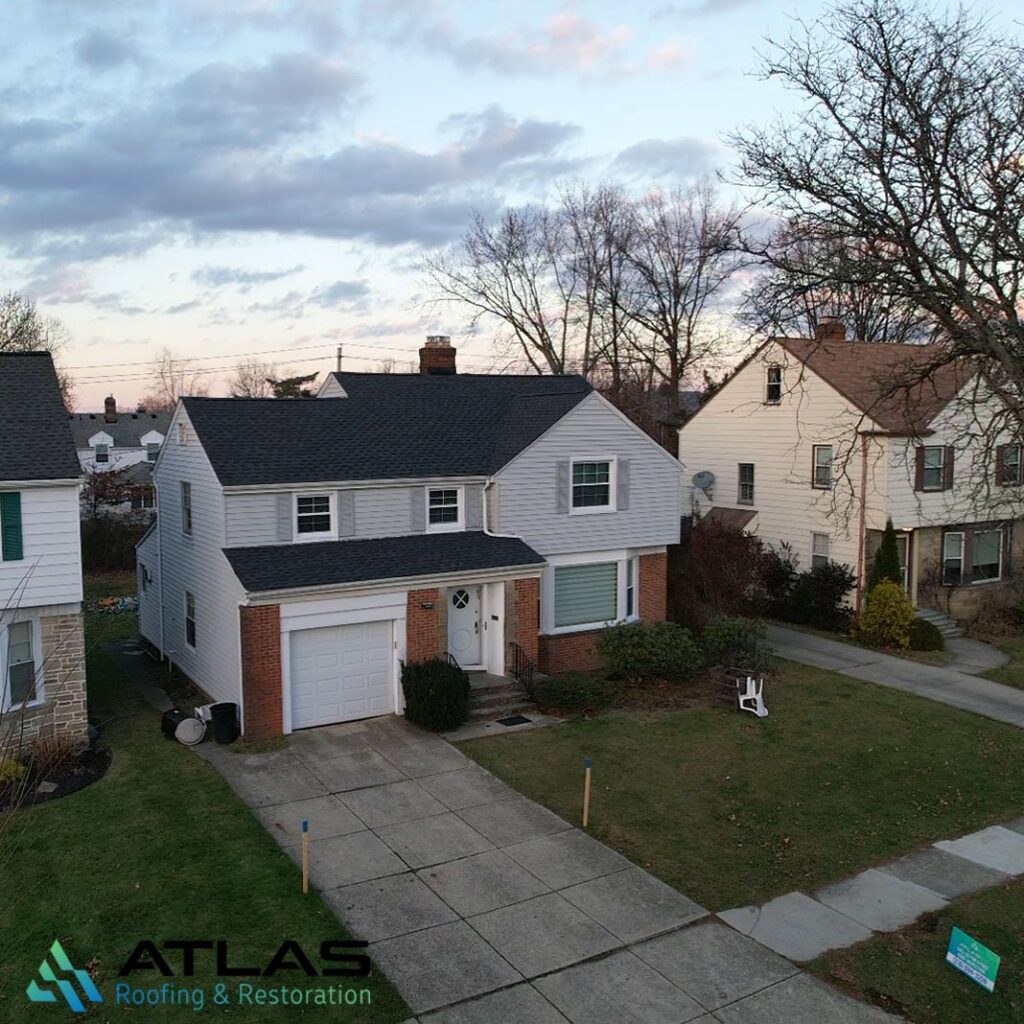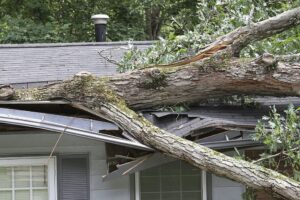Why Shingle Roof Ventilation Matters:
Proper ventilation is crucial for maintaining a healthy and functional roof. Without adequate ventilation, your attic can become a breeding ground for moisture, leading to issues such as mold growth, wood rot, and compromised structural integrity. Additionally, a well-ventilated roof can help regulate indoor temperatures, reducing energy costs and enhancing overall comfort.
Types of Shingle Roof Ventilation:
- Ridge Vents:
- Ridge vents are installed along the peak of the roof, allowing warm air to escape from the attic.
- They provide continuous ventilation and are aesthetically pleasing, blending seamlessly with the roofline.
- Soffit Vents:
- Soffit vents are installed in the underside of the roof’s overhang (soffit) to allow fresh air into the attic.
- They work in tandem with ridge vents, creating a natural flow of air that promotes efficient ventilation.
- Gable Vents:
- Gable vents are installed on the gable ends of a roof and facilitate the release of hot air from the attic.
- These vents can enhance the overall ventilation system when combined with soffit and ridge vents.
- Power Fans:
- Power fans, or attic fans, are electrically powered and help exhaust hot air from the attic space.
- They are ideal for homes with limited natural ventilation and can be controlled with thermostats for optimal efficiency.
- Static Vents:
- Static vents, such as roof louvers and turtle vents, provide passive ventilation by allowing air to passively escape from the attic.
- They are cost-effective and come in various styles to complement different roof designs.
For residents in Cleveland and Northeast Ohio looking to enhance their roofing systems, Atlas Roofing & Restoration offers expert installation and guidance on choosing the right ventilation solution for your home. Our experienced team understands the unique climate challenges in the region and can tailor ventilation systems to suit your specific needs.
Reach our team




